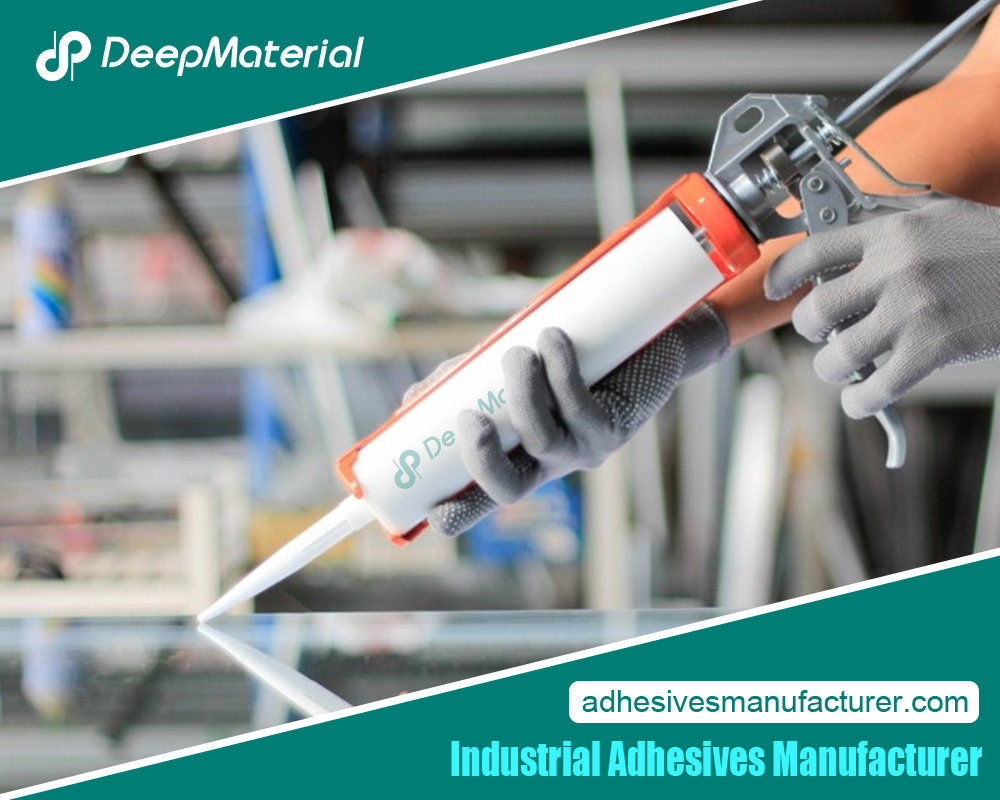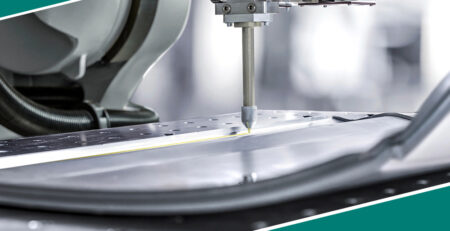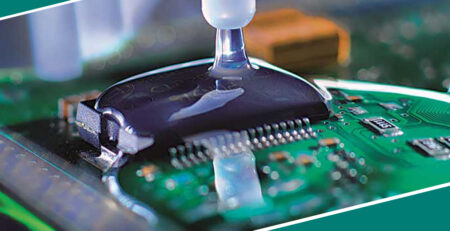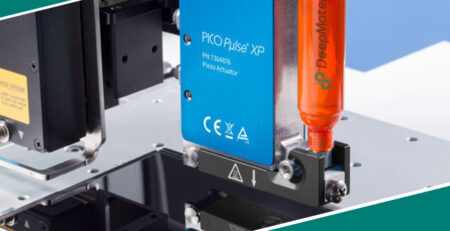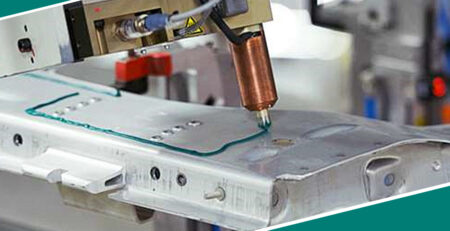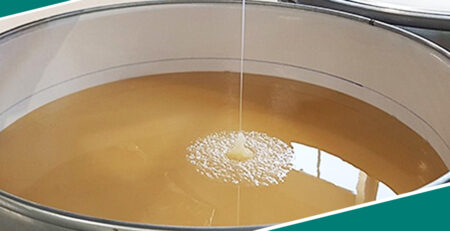Analysis of the Differences in the Application Requirements of Conformal Coating Materials in the Aerospace and Automotive Electronics Fields
Analysis of the Differences in the Application Requirements of Conformal Coating Materials in the Aerospace and Automotive Electronics Fields
As a special coating material, conformal coating plays a crucial and vital role in the protection of electronic devices. It can form a uniform and continuous protective film on the surface of electronic components, effectively safeguarding the electronic devices from the erosion of external environmental factors and ensuring the reliability and stability of the electronic devices. The aerospace field and the automotive electronics field, as two industries with extremely high requirements for the performance and reliability of electronic devices, have their own unique application requirements for conformal coating materials. A thorough understanding of the different needs of these two fields for conformal coating materials is of great guiding significance for the research, development, and selection of suitable conformal coating materials.
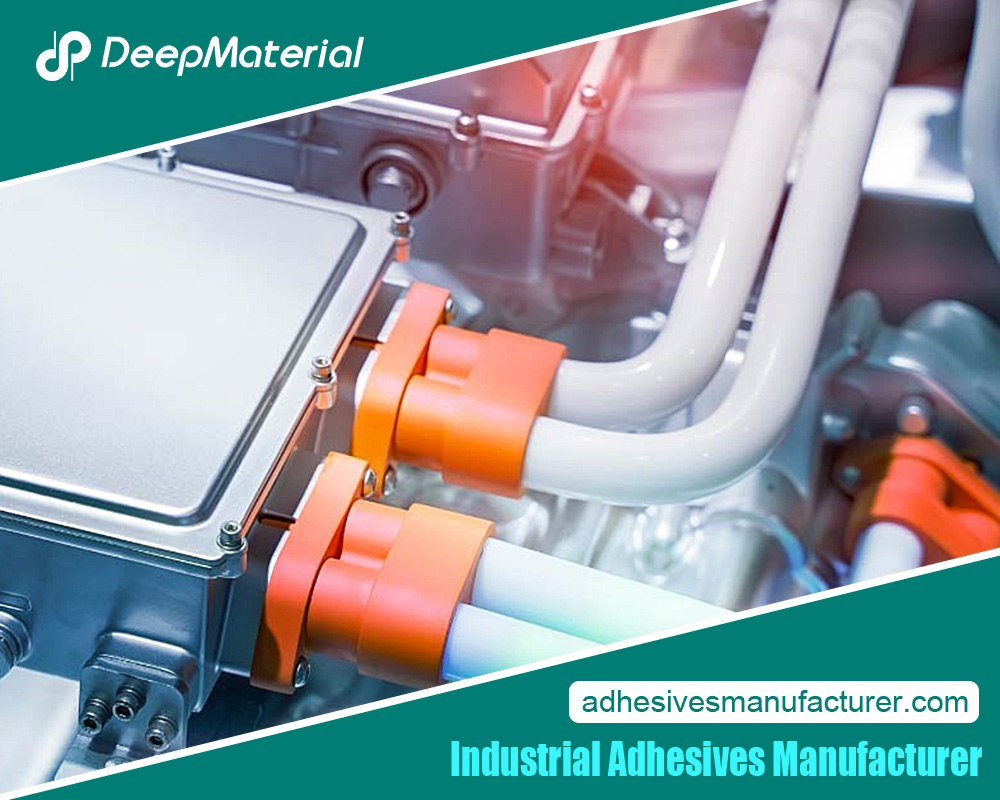 Application Requirements of Conformal Coating Materials in the Aerospace Field
Application Requirements of Conformal Coating Materials in the Aerospace Field
Adaptability to Extreme Environments
Aerospace equipment will encounter extremely harsh environmental conditions during operation, such as low temperatures, low pressures, strong radiation at high altitudes, and drastic temperature changes. The conformal coating material must possess excellent low-temperature resistance performance, being able to maintain good flexibility and adhesion at extremely low temperatures, preventing the coating from cracking or peeling off. In high-temperature environments, the coating material should have excellent thermal stability and not decompose or produce harmful gases due to high temperatures. For example, on the external electronic devices of satellites and other spacecraft, the conformal coating needs to withstand the extreme low temperatures of outer space and intense solar radiation, and at the same time, it should also be able to adapt to the high-temperature environment when the spacecraft enters the atmosphere.
High Reliability and Long Service Life
Aerospace missions often feature high risks, high costs, and long cycles. Once an electronic device malfunctions, it may lead to serious consequences. Therefore, the conformal coating material in the aerospace field must have extremely high reliability and a long service life. It should be able to effectively protect electronic components from various environmental factors for a long time and ensure the normal operation of the electronic devices. For instance, in the avionics system of an aircraft, the conformal coating needs to continuously play a protective role throughout the entire service life cycle of the aircraft to guarantee the reliability of the avionics equipment.
Excellent Electrical Performance
Aerospace electronic devices have very strict requirements for electrical performance, and the conformal coating material should not have a negative impact on the electrical performance of electronic components. The coating should have good insulation performance, which can effectively isolate the electrical connections between electronic components and prevent the occurrence of faults such as short circuits and electric leakage. At the same time, the electrical parameters of the coating, such as the dielectric constant and the tangent of the loss angle, should meet the requirements of aerospace electronic devices to ensure the accurate transmission and processing of signals.
Lightweight Requirements
In the aerospace field, the weight of the equipment is a key factor because every additional gram of weight may increase the launch cost of the spacecraft or affect the fuel efficiency of the aircraft. Therefore, the conformal coating material should have a low density to achieve the lightweight design of the equipment. For example, using lightweight conformal coating materials on the electronic devices of satellites can effectively reduce the weight of the satellite without affecting the protection performance of the equipment.
Compliance with Strict Standards and Specifications
The aerospace field has strict standards and specifications for the quality and safety of conformal coating materials. The coating material must undergo strict testing and certification to ensure that it complies with relevant industry standards and regulatory requirements. For example, the Aerospace Materials Specification (AMS) of the United States has detailed regulations on the performance and quality of conformal coating materials used in aerospace. Only the coating materials that pass these standard tests can be applied in the aerospace field.
Application Requirements of Conformal Coating Materials in the Automotive Electronics Field
Chemical Corrosion Resistance
During the driving process of a car, it will come into contact with various chemical substances, such as gasoline, engine oil, coolant, salt spray, etc. The conformal coating material must have good chemical corrosion resistance performance and be able to effectively resist the erosion of these chemical substances on electronic components. For example, on the electronic devices in the engine compartment of a car, the conformal coating needs to resist the erosion of engine oil and coolant to ensure the normal operation of the electronic devices.
Vibration and Impact Resistance
Cars will be subjected to various vibrations and impacts during driving, such as road bumps, sudden braking, collisions, etc. The conformal coating material should have good vibration and impact resistance performance and be able to protect electronic components from damage under these circumstances. The coating should have sufficient flexibility and adhesion and be able to maintain the integrity of the coating under the action of vibrations and impacts, preventing the coating from cracking or peeling off.
Adaptability to Temperature Changes
Cars operate in different environmental conditions, and the internal electronic devices will face a relatively large temperature change range. The conformal coating material should be able to adapt to such temperature changes and maintain good performance in both high-temperature and low-temperature environments. For example, in the summer when the temperature is high, the temperature in the engine compartment of a car may reach above 100°C, while in the winter when the temperature is low, the temperature outside the car may drop to below -30°C. The conformal coating needs to effectively protect the electronic components under these extreme temperature conditions.
Fast Drying and Good Processability
The production of automotive electronics is usually a large-scale and high-efficiency production process, requiring the conformal coating material to have the characteristic of fast drying to improve production efficiency. At the same time, the coating should have good processability and be able to be conveniently coated on the surface of electronic components to form a uniform and continuous coating. For example, when applying the conformal coating by spraying or dipping in the automotive electronics production line, the coating should be able to dry quickly and not have defects such as sagging and bubbles.
Cost-Effectiveness
In the automotive electronics field, cost is an important consideration. The conformal coating material should have high cost-effectiveness on the premise of meeting the performance requirements. Automobile manufacturers usually choose conformal coating materials with reasonable prices and stable performance to reduce production costs and improve the market competitiveness of their products.
Comparative Analysis of the Application Requirements in the Aerospace Field and the Automotive Electronics Field
Differences in Environmental Adaptability
The environment faced by the aerospace field is more extreme, such as low temperatures, low pressures, and strong radiation at high altitudes, while the automotive electronics field mainly faces chemical corrosion, vibrations, and temperature changes in the ground environment. The aerospace field has higher requirements for the low-temperature resistance, high-temperature resistance, and radiation resistance of conformal coating materials, while the automotive electronics field pays more attention to the chemical corrosion resistance and vibration and impact resistance of the coating.
Differences in Reliability and Service Life Requirements
The aerospace field has extremely high requirements for the reliability and service life of conformal coating materials because once an electronic device malfunctions, it may lead to serious consequences. Although the automotive electronics field also has high requirements for reliability, relatively speaking, the service life cycle of a car is relatively short, and the requirements for the service life of conformal coating materials are relatively lower.
Differences in Electrical Performance Requirements
Aerospace electronic devices have very strict requirements for electrical performance, and the electrical parameters of the conformal coating material must meet the requirements of high-precision signal transmission and processing. The electrical performance requirements of automotive electronic devices are relatively lower, and the main focus is on basic electrical performance such as insulation performance and prevention of short circuits.
Differences in Weight and Cost Requirements
The aerospace field is very sensitive to the weight of the equipment and requires the conformal coating material to have a low density to achieve the lightweight design of the equipment. In contrast, the automotive electronics field pays more attention to cost-effectiveness and pursues lower material costs on the premise of meeting the performance requirements.
Differences in Construction and Production Requirements
The construction of conformal coatings in the aerospace field is usually carried out under relatively strict environmental conditions, and the requirements for the coating construction process and quality control are relatively high. In the automotive electronics field, the production scale is relatively large, and the conformal coating material is required to have fast drying and good processability to improve production efficiency.
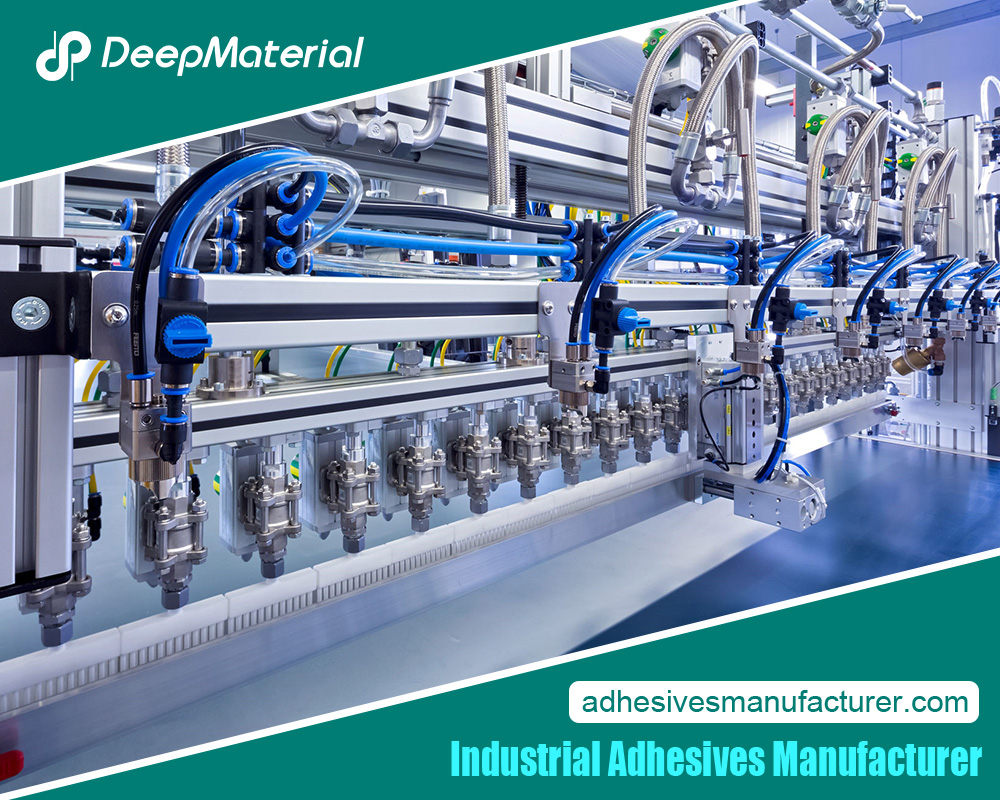 Conclusion
Conclusion
There are obvious differences in the application requirements of conformal coating materials in the aerospace field and the automotive electronics field. The aerospace field places more emphasis on the extreme environmental adaptability, high reliability and long service life, excellent electrical performance, and lightweight requirements of conformal coating materials, while the automotive electronics field pays more attention to chemical corrosion resistance, vibration and impact resistance, adaptability to temperature changes, fast drying and good processability, as well as cost-effectiveness. Understanding these differences has important guiding significance for the research, development, and selection of suitable conformal coating materials, which helps to meet the protection needs of electronic devices in different fields and improve the reliability and stability of electronic devices. In the future, with the continuous development of aerospace and automotive electronics technologies, the performance and application requirements of conformal coating materials will also continue to increase. It is necessary to further strengthen the research and development of conformal coating materials to meet the development needs of these fields.
For more about a complete guide to analysis of the differences in the application requirements of conformal coating materials in the aerospace and automotive electronics fields, you can pay a visit to Deepmaterial at https://www.adhesivesmanufacturer.com/ for more info.

